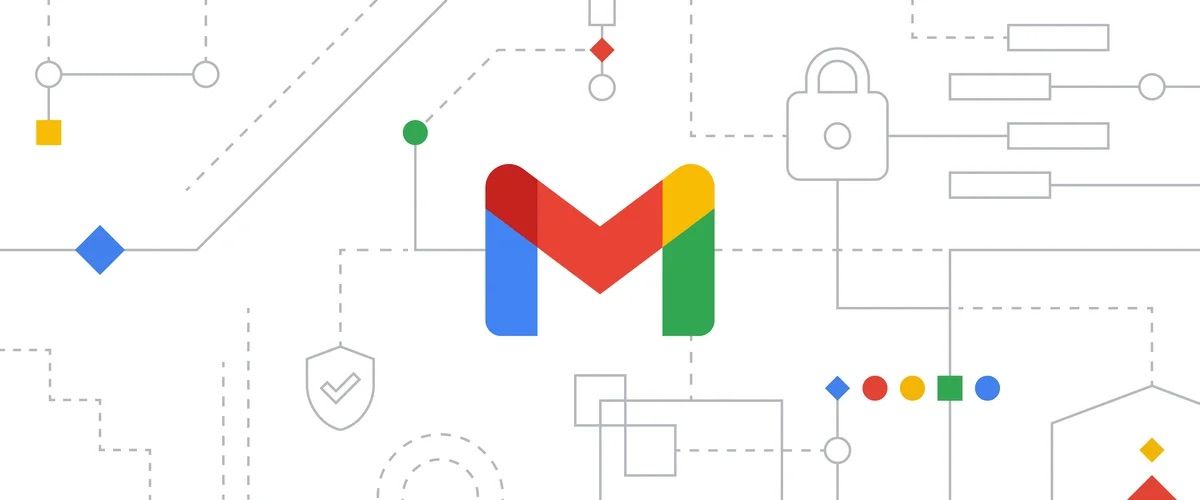
Blog

By Eleanor Phoenix
•
January 20, 2024
As the landscape of email marketing undergoes rapid transformations, compliance standards are evolving to match the pace. For small businesses looking to connect with their audience through mass emails, staying ahead of compliance changes is vital. Starting February 1, 2024, major inbox providers like Gmail and Yahoo will enforce new email authentication standards, particularly impacting those sending over 5,000 emails per day. You've probably seen emails lately regarding DKIM, SPF, and DMARC and thought, what in the world does that mean? Well, we're here to hopefully clear it up for you. In this guide, we'll explore these changes, their implications, and provide actionable steps to prepare for a seamless transition. TLDR, Quick Action Steps: What You Need To Do If you send emails: Using a free email address ( @ gmail .com or @yahoo.com) And you send less than 5,000 emails per day: Continue following email marketing best practices. But if you use an email platform like MailChimp, FloDesk, etc: It's recommend to obtain a custom domain (@yourbrand.com); and Authenticate your email with DKIM and SPF records. And you send more than 5,000 emails per day: Do not use a free email address to send your business emails Obtain a custom domain (@yourbrand.com) (Google Workspace is fine) Authenticate your email with DKIM and SPF records. Continue following email marketing best practices. Using a custom domain (@yourbrand.com) And you send less than 5,000 emails per day: Authenticate your email with DKIM and SPF records. Continue following email marketing best practices. And you send more than 5,000 emails per day: Authenticate your domain with DKIM, SPF, and DMARC records. Continue following email marketing best practices. Understanding the Changes: Key Updates for Small Businesses Effective Date: February 1, 2024 For small businesses relying on mass emails to reach and engage clients, Gmail's recent updates bring about essential changes. Here's a breakdown of what you need to know: 1. Email Authentication Essentials: Authenticated messages help protect recipients from malicious messages, such as spoofing and phishing messages and help protect you and your organization from being impersonated. Check with your third party email platform (MailChimp, FloDesk, etc) on their process for the authentication update. The major ones have protocols out for how they are addressing it. You must authenticate your outgoing email (which you can only do using an email with your own domain, not a free email address). Implement SPF and DKIM email authentication for your domain. SPF prevents spammers from sending unauthorized messages that appear to be from your domain. Set this record up in your domain provider (like GoDaddy). It should reference all email senders for your domain (including third parties). Here's how to define your SPF record and add it to your domain . DKIM is a compact, encrypted digital signature inserted into email headers. It informs inboxes, such as Gmail, that the emails genuinely originate from you and not a spammer. Here's how to turn on DKIM for your domain . If you're sending more than 5,000 emails daily, you need to implement DMARC records. DMARC is like an extra security measure for your emails. DMARC allows you to instruct receiving servers on how to handle messages from your domain that fail SPF or DKIM checks. To implement DMARC, create and publish a DMARC record for your domain in your domain provider (like GoDaddy). For a message to pass DMARC authentication, it needs to be authenticated by SPF and/or DKIM, and the authenticating domain must match the one in the messages From: header. To add your DMARC record, create a new TXT record for your verified sending domain and paste in the following values: Set the Name/Host/Target/Location value to: _dmarc.[insert your domain ] Set the Record/Data/etc. value to: v=DMARC1; p=none; 2. Combatting Unwanted Emails: Manage Spam Rates: Keep spam rates below 0.10%, avoiding exceeding 0.30%. If you exceed .30% your future emails from anyone in your domain can be blocked. See best practices below for how to manage your spam rates. Make sure all of your team understands these guidelines and the best practices for sending mass emails, because every person with an email on your domain affects your spam rate. If they send an email that is marked spam frequently, they could get your domain blocked. Streamlined Unsubscribe: Implement a one-click unsubscribe feature in marketing and subscribed messages. Many third-party email platforms like MailChimp and FloDesk will implement this for you automatically, but you'll want to double check. Best Practices for Small Businesses Sending Mass Emails To seamlessly navigate these changes, small businesses can adopt the following best practices: Content Clarity: Maintain clarity in content; avoid mixing different content types in the same message. Ensure a consistent 'From' address for each category of messages. Make sure your emails are personal, and brand-forward so that clients can trust that the email is from your business. Gradual Volume Increase: Gradually increase your email volume to maintain client engagement. Monitor server responses and spam rates during volume adjustments. Provider Considerations: Choose email service providers aligned with Gmail's guidelines. Verify that SPF records include all email senders for comprehensive authentication. Client-Centric Approach: Regularly assess client preferences and maintain streamlined list management. Implement easy one-click unsubscribe options to enhance client experience (or make sure your third party has these in place). Monitoring & Troubleshooting: Leverage Postmaster Tools to monitor domain reputation. Periodically check your domain's status with Safe Browsing. In essence, small businesses sending mass emails to clients must align their strategies with Gmail's new guidelines to ensure effective communication. By prioritizing authentication and implementing best practices, businesses can continue delivering impactful messages while maintaining a positive sender reputation. Stay informed, adapt your approach, and keep building meaningful connections with your clients through effective mass email marketing. As always, if you need assistance we are here to help! Contact us here or email info@phoenixdigitalmarketinggroup.com.

By Eleanor Phoenix
•
September 1, 2023
You've likely heard that having a blog on your site is good for increasing website traffic. Good content can engage clients, but it needs to be optimized for the correct audience to be seen. Attracting the target audience is the key to seeing results. First, you need to think about the type of content that your audience wants. However, it is essential to also include the technical aspects as well. Here we'll give you the top 5 things you can do to make your blog effective.